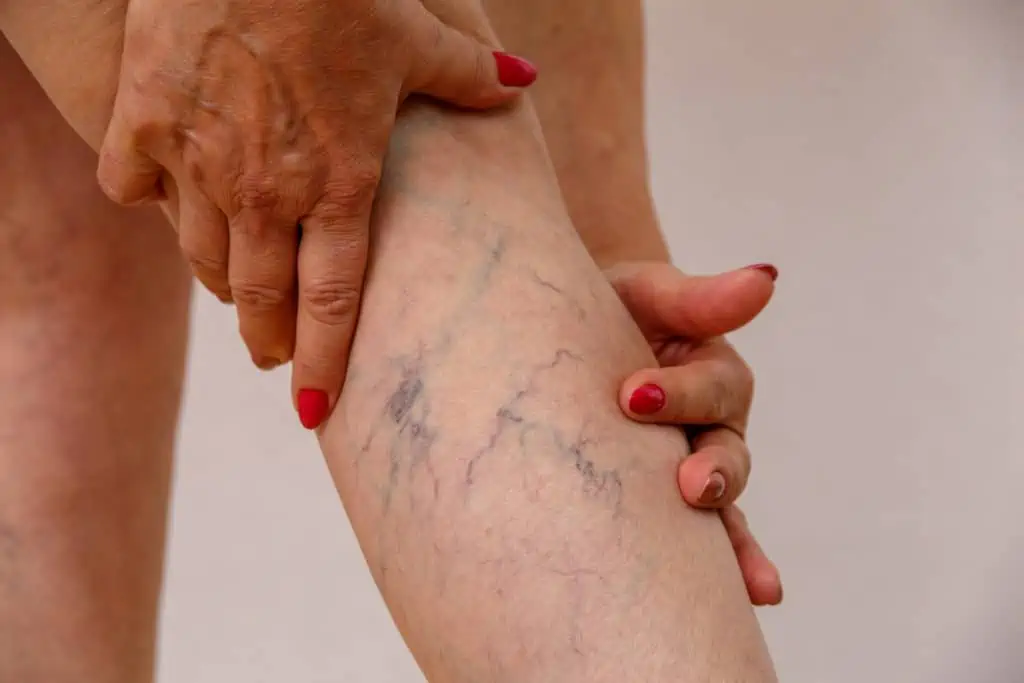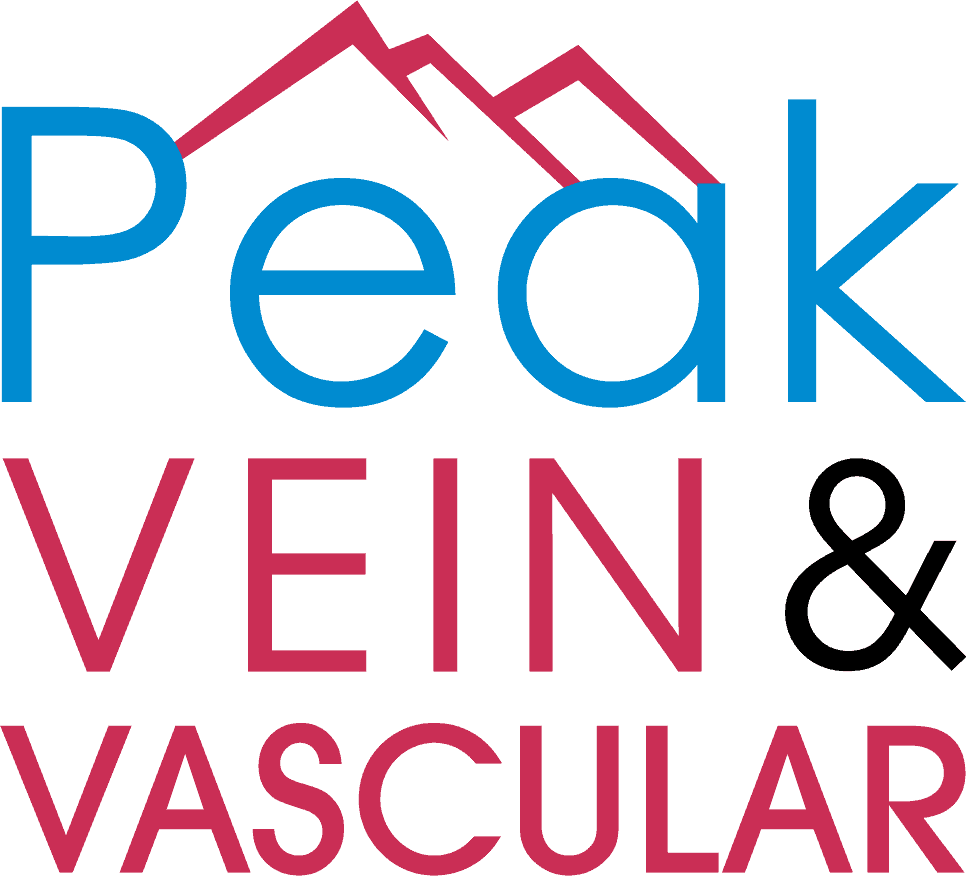The varicose vein is an enlarged vein that lies below a skin surface and often occurs on your leg. Some people have veins of different types in different parts of the body. The pressure of blood vessels such as varicose veins or spider veins increases as we walk or stand.
What causes varicose veins?
The severity of the varicose veins may vary from the severity of your symptoms to the severity of the condition. New or existing varicose veins can be concerning. But, treating varicose veins aims at relieving symptoms, improving appearance, preventing serious complications and avoiding infections. And, living a health lifestyle may help to prevent varicose veins.

A weakened or abnormal vein valve may cause varicose veins. Arteries transport heart and brain fluid to the rest of the body. Varicose veins bring blood into the heart. The varicose veins or spider veins in the legs must work in the opposite direction. The muscle contractions on the lower leg are used as pumps and an elastic vein wall helps bring blood into the heart. The tiny valve opens the heart as the blood flows into it, then closes to stop the blood from going back to the heart. During a valve malfunction blood can move into veins and cause the veins to flex out or stretch.
How are varicose veins treated?
The severity of the varicose veins may vary from the severity of your symptoms to the severity of the condition. There is also a possibility that new vein veins occur after the treatment. Treatment aims at relieving symptoms, improving appearance, preventing serious complications and avoiding infections.
Endothermal ablation
A typical first therapy for varicose veins is endothermal ablation. Using electromagnetic energy such as lasers and electromagnetic radiation to seal blood vessels is an efficient treatment technique.
Endovenous laser treatment
In the same fashion as with radiofrequency ablation endovenous lasers involve inserting catheters into veins and using ultrasound for the placement. The catheter passes through tiny lasers that float in your veins. Lasers provide short pulses that warm the vein and seal the valve shut. The vascular arteries are slowly pulled by ultrasound scanning to provide a directional force to close the veins. Endovenous laser therapy is performed in either local ophthalmology or general anaesthetic is required. During the surgery, the muscles may tighten up in the lower legs, or the areas may be injured.
Radiofrequency ablation
During radiofrequency ablation, vascular walls are heated using radio frequency energy. The varicose veins are reached through a thin cutting above and under the knee. A thin tube called a catheter is guided through veins through ultrasound. The catheter has an electrode which transmits radio frequency energy. This heated vein closes the wall, thus closing the hole. After the artery is closed the blood flows to the healthy vein in a natural way. Radiofrequency ablations of varicose veins have varying degrees of local anaesthesia (when you are asleep).
Ultrasound-guided foam sclerotherapy for Varicose Veins occur
Generally when endothermal ablation isn’t suitable for you will find another treatment called sclerotherapy. The therapy consists of injecting a special foam into the vein. The foam scarring seals the vein and seals the wound. It can be a difficult process to treat deep vein thrombosis. Surgical injections have been directed into veins by ultrasound. Several vein treatments can be done simultaneously. Sclerotherapy and foam sclerotherapy are generally performed in local anaesthetic, and a painkilling medicine is often used for treating pain and discomfort.
Symptoms of Varicose Veins
Varicose veins don’t cause any discomfort. Varicose vein symptoms can be found as the symptoms of varicose veins appear as follows: Spider veins have similar veins as varicose veins, except smaller. Spider veins are located near the skin surface and can be reddish or blue. Spider veins occur from leg to face. These differ in sizes and usually look like spider webs.
How are varicose veins diagnosed?
To identify, treat and diagnose varicose veins and enlarged veins, you need to have a physical exam to find out your medical history, activity level, and lifestyle. Your doctor may perform a blood test to check the health and vitality of the legs.
FAQ
What is the main cause of varicose veins?
Developing varicose veins results from an increased blood pressure on veins. Varicose veins occur within the vein at the surface (superficially). Blood travels through the heart through a valve in the vein to the pulmonary arteries. If a varicose vein is weakened or damaged, blood is drawn into the vein. Exercising and losing weight if you are overweight can help to prevent varicose veins. Maintaining a healthy weight and lifestyle are beneficial in keeping free of varicose veins.
Can you get rid of varicose veins?
Treatments for new varicose veins include self-care measures, compression stockings and surgeries. Procedures for treating the varicose vein are typically performed as an inpatient procedure so that your home is usually ready within an hour. Contact us to find out how your insurance will cover your procedure.
Is/are varicose veins harmful?
Most varicose veins are benign, but are unlikely to be fatal to people who suffer from the disease. Those affected by the disease often have an interest in how their varicosity is treated. It can cause discomfort for people who do not have any complications. Individuals with varicose veins or severe varicose veins are at a higher risk of having blood clots. The potential impact of a blood clot or blood clots is one of the more harmful aspects of varicose veins. Since the walls of varicose veins are unable to provide support to the vessels a blood clot could potentially break open – as a result of the varicose veins.
What is the best treatment for varicose veins?
If you are one of the many Americans developing varicose veins, do not be concerned. Larger varicose veins can be treated by ligating or stripping, laser or radiofrequency treatment. Sometimes varying treatments may be helpful. Typically small varicose veins and spider veins can also receive treatment using sclerotherapy or laser treatment.
Are Compression stockings helpful for people with varicose veins?
Compression stockings are somewhat helpful for those who have varicose veins. Compresiosn stockings were specially made for tighter legs and increased circulation. They are usually tight around the ankles and loosen as you climb up. It encourages blood flowing into your heart. Compression stockings can relieve swelling of your legs that can occur due to your varicose veins. Nonetheless, it’s still unclear if stockings can prevent your skin from developing pain from varicose veins.
How are varicose veins diagnosed?
To identify and treat varicose veins, you need to have a physical exam to find out your medical history, activity level, and lifestyle. Your doctor may perform a blood test to check the health and vitality of the legs and blood flow.
Tell me the symptoms of varicose veins.
Varicose veins are usually seen in adults and some children as it can interfere with daily routines. Your pain will get worse if you sit for long hours on your back, or if your legs are elevated.
